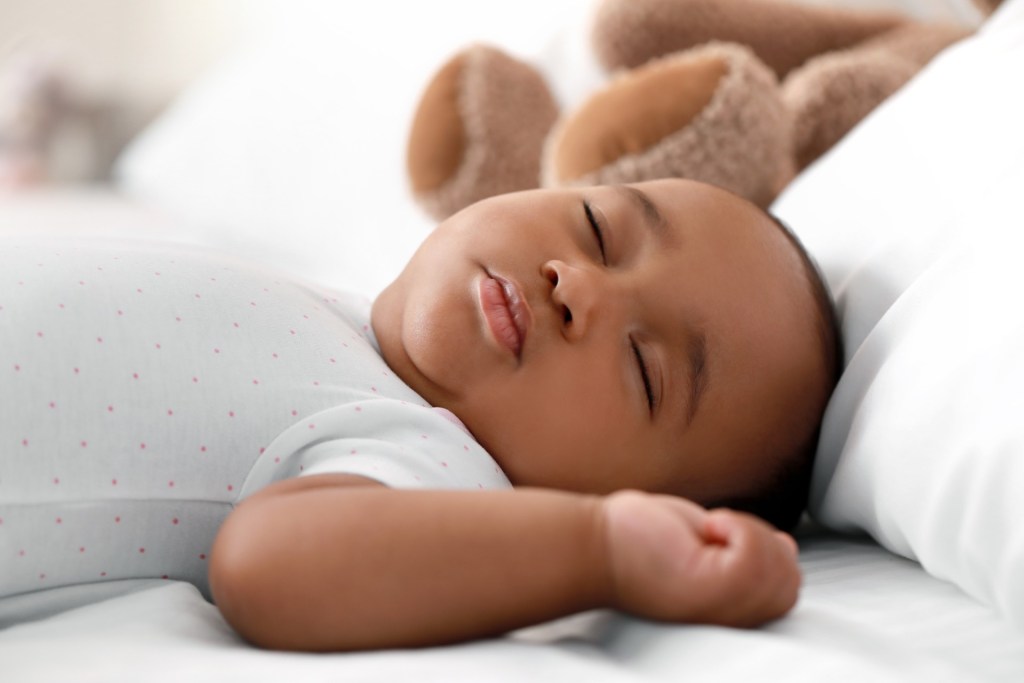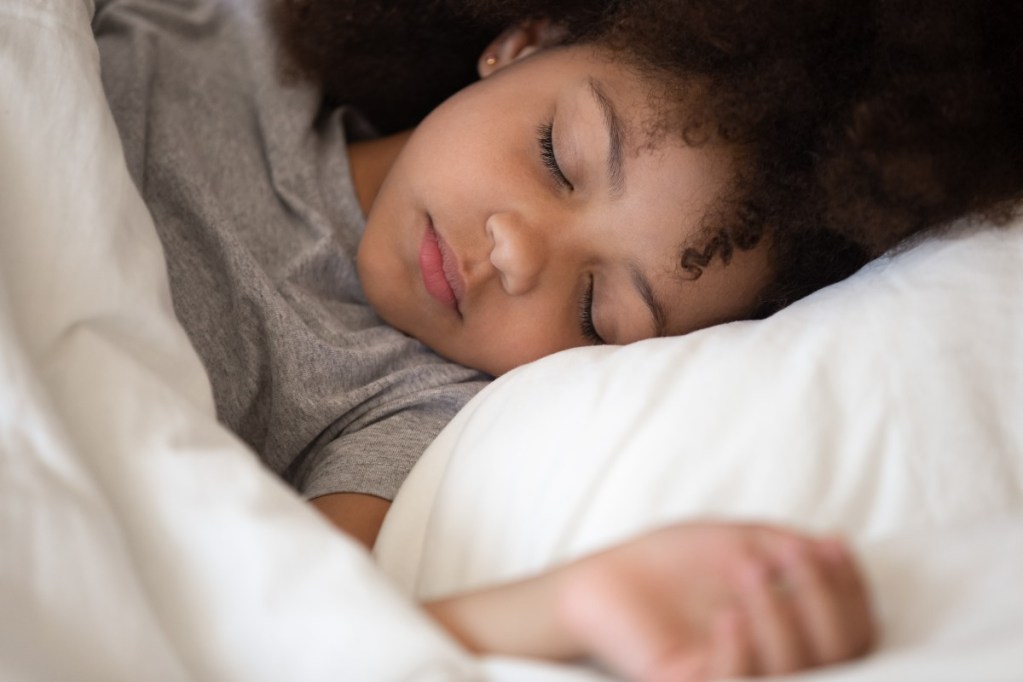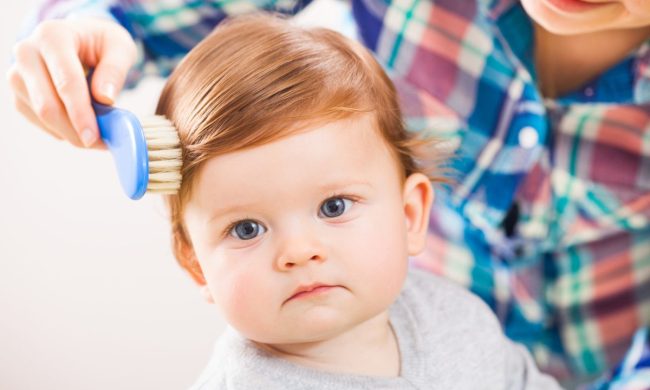Any parent or caregiver can tell you how important nap time is. Not only does it allow your little one to get the rest they need, but it also helps give everyone a much-needed break. Frankly, getting kids to nap during the infant and toddler years is an important caregiver skill that can help maintain everyone’s sanity. Dealing with toddlers who refuse sleep, can be frustrating for everyone involved.
While it may take a few tries and even more adjustments, once you develop a solid baby nap time routine, your little one will be sleeping like a baby. Keep reading for four great pre-nap routines for every age and stage.

Nap routine 1: Simple and universal
A baby napping during the day means they’ll get better sleep at night. It also means you get time to recharge for the rest of the day.
This routine works for most babies and toddlers, and it can be tweaked according to age. Here’s a simple and straightforward starting point for any pre-nap routine you want to establish;
- Offer a wind-down activity like a quiet book
- Offer a bottle of milk
- Read a book or sing a song
- Rock for a few minutes until drowsy
- Sleep
Close the curtains to keep the room dark and turn on a sound machine if necessary. Household sounds should be a norm for your little one, so they’re less likely to be light sleepers in the future. However, some rest time for you is important, too, so if a sound machine means longer sleep time for your baby, go for it.

Nap routine 2: For babies less than a year old
From a few months to about 1-year-old, babies need about 15 hours of sleep a day. Typically, this is broken down into at least two naps and then overnight sleep. Of course, the numbers vary between each baby — some love to snooze while others are energetic all day and night. This routine works great for babies younger than 1 year:
- Go for a quiet walk around the block if possible
- Dress them in comfortable sleepwear, e.g., a weighted sleep sack
- Offer a bottle of milk
- Sing a lullaby
- Close curtains and tell them it’s nap time
- Rub chest for a few minutes
- Sleep
A key phrase that lets your baby know it’s sleep time helps them understand what comes next. Singing the same lullaby also does the trick. This way, they won’t be confused or become unwilling to sleep when the time comes. Remember, routine is king!

Nap routine 3: For busy toddlers
Toddlers need about two naps a day, and this goes down to one nap by the time your little one is 24 months old. On the two-nap schedule, break it down to a mid-morning nap around 9:30 and an afternoon nap around 2 p.m. On the single-nap schedule, this takes place around 1:30 p.m. Before each nap, follow this wind-down routine:
- Let them play quietly for at least half an hour
- Take a warm bath if they do daytime baths
- Offer them milk or a drink and a snack
- Read a book and sing their sleep lullaby
- Sleep
Toddlers need a little more time to wind down before sleep, so avoid any activities that might be too stimulating. Also, make sure they’re full and have had enough to drink, as an empty tummy can disrupt a longer sleeping stretch.

Nap routine 4: For kids 3 and up
Some kids will stop taking naps long before age 3, but some will nap up until 4 and above. Keep their pre-nap routine the same if they’ve had one since they were a few months old. If your little one seems irritable after playing all day but still says no to naps, introduce rest time. Some kids feel like they’ll miss out if they go to sleep, so at least let them sit down and restore their energy (and boost their mood) for the rest of the day.
Tell them they don’t have to sleep, but it’s a time for everyone in the house to rest quietly on their own. Leave them in their room to play by themselves quietly or in a corner of the living room where they can relax. Take anywhere between 40 minutes to one hour.

When should kids stop napping?
Nap time is golden for parents and caregivers, and most kids will grow out of their daily nap routine sometime around their 4th birthday. As much as you may not be ready for it, there are some signs your child may be giving you to indicate that they are ready to cut out their daily nap.
Every child is different, but if your little one is struggling to fall asleep at nap time, or is struggling to fall asleep at night after having a nap, that may be a sign that their napping days are over. If your child is suddenly waking earlier than before it may be time to drop that nap, or if your child simply doesn’t seem tired and isn’t cranky during the day, it may be a sign that they’re ready to stop napping.
Just because your kids have stopped napping regularly doesn’t mean they can’t have the odd nap, especially if they’ve been particularly active or are going through a growth spurt. Now is the time to enjoy the freedom of not having to be home for nap time!
Sometimes, your little one just won’t sleep a wink during the day, and that’s okay! One key technique is to give your little one five-minute warnings before starting their routine. Creating the same environment every time for a smoother transition from play to sleep helps your child prepare mentally and emotionally for nap time. Getting kids to nap can be an uphill battle, but sticking to a routine helps immensely.



